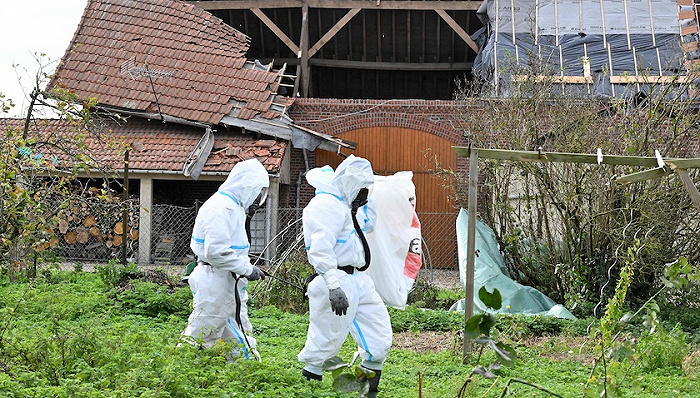On March 18th, the US Environmental Protection Agency announced that it will not allow the use, production, and import of warm asbestos and its finished products. This means that the only type of asbestos currently in use in the country will gradually be added, and the United States will be added to the national queue for comprehensive approval of asbestos.

There are mainly two types of asbestos, one is warm asbestos, and the other is hornblende asbestos (including exposed bluestone cotton, iron stone cotton, etc.). Amphibole asbestos has a strong carcinogenicity and has long been banned in most countries, while warm asbestos is still being used in many countries due to its low carcinogenicity. So far, 50 countries and regions around the world have completely banned warm asbestos, and the United States is one of the few developed countries that has not yet fully approved warm asbestos.
Due to its excellent insulation, fire resistance, and low cost, asbestos has been widely used in roof materials, textiles, fire mud and gaskets, clutch, brake pads, and other automotive components, as well as various daily necessities. However, since the 1960s, scientists have confirmed that asbestos fibers are prone to breaking down into small particles and being inhaled into the lungs, leading to the formation of lung cancer, mesothelioma, ovarian cancer, and laryngeal cancer.
In 2002, the United States had already started producing asbestos, but still imported warm asbestos materials for the production of related products. Warm asbestos is mainly used for components such as brake pads and washers in childbirth, and is also used in the chlor alkali industry, which is a product of childbirth bleach, caustic soda, and contaminated fire. The warm asbestos in the United States mainly imports from Brazil and Russia. Russia is the world’s largest producer of warm asbestos.
The latest ban in the United States has set different entry timetables for different industries. For example, for importers, they immediately run after the rules officially expire; For the automotive parts industry, the expiration date is six months later; The chlor alkali industry has seen five years of growth; The Savannah River site of the nuclear weapons industrial base is allowed to inherit the use of exposed asbestos gaskets before 2037, mainly to ensure the safety of nuclear data and protect workers from the effects of radioactive data.
In addition, the US Environmental Protection Agency is also evaluating the legacy of asbestos in old construction to identify potential public health hazards. The final hazard assessment is estimated to be achieved by the end of 2024.
However, the relevant benefit group warns that the use of asbestos may lead to a lack of related chemical products, and they hope to have a longer transition period.
The National Association of Clean Fire Agencies, representing 350 pollution and fire disposal agencies, stated in a statement that immediately banning asbestos “will almost certainly lead to a lack of chlorine and other disinfectants used in some fire disposal penalties and a decrease in their prices.”.
The largest lobbying group in the chemical industry, the American Chemical Council, has stated that after evaluation, the industry needs a 15 year orderly transition period to prevent severe and sustained supply of chlorine and sodium hydroxide.
Some people are also concerned that considering Donald Trump’s return to the White House after the November US election, this ban may be in danger of worsening. Trump himself supports asbestos property, claiming that asbestos is “100% safe” and is the greatest fire prevention material in history.
The process of banning asbestos in the United States has been quite tortuous. In 1989, the US Environmental Protection Agency banned the use of asbestos, but in 1991, the appellate court passed a ruling weakening the agency’s right to dispose of and punish harmful chemicals such as asbestos. Until 2016, the Obama administration made revisions to the Toxic Material Control Act, delegating greater control to federal agencies to develop new regulations targeting toxic chemicals such as asbestos and trichloroethylene. But after Trump stepped down in 2017, this process came to a halt.